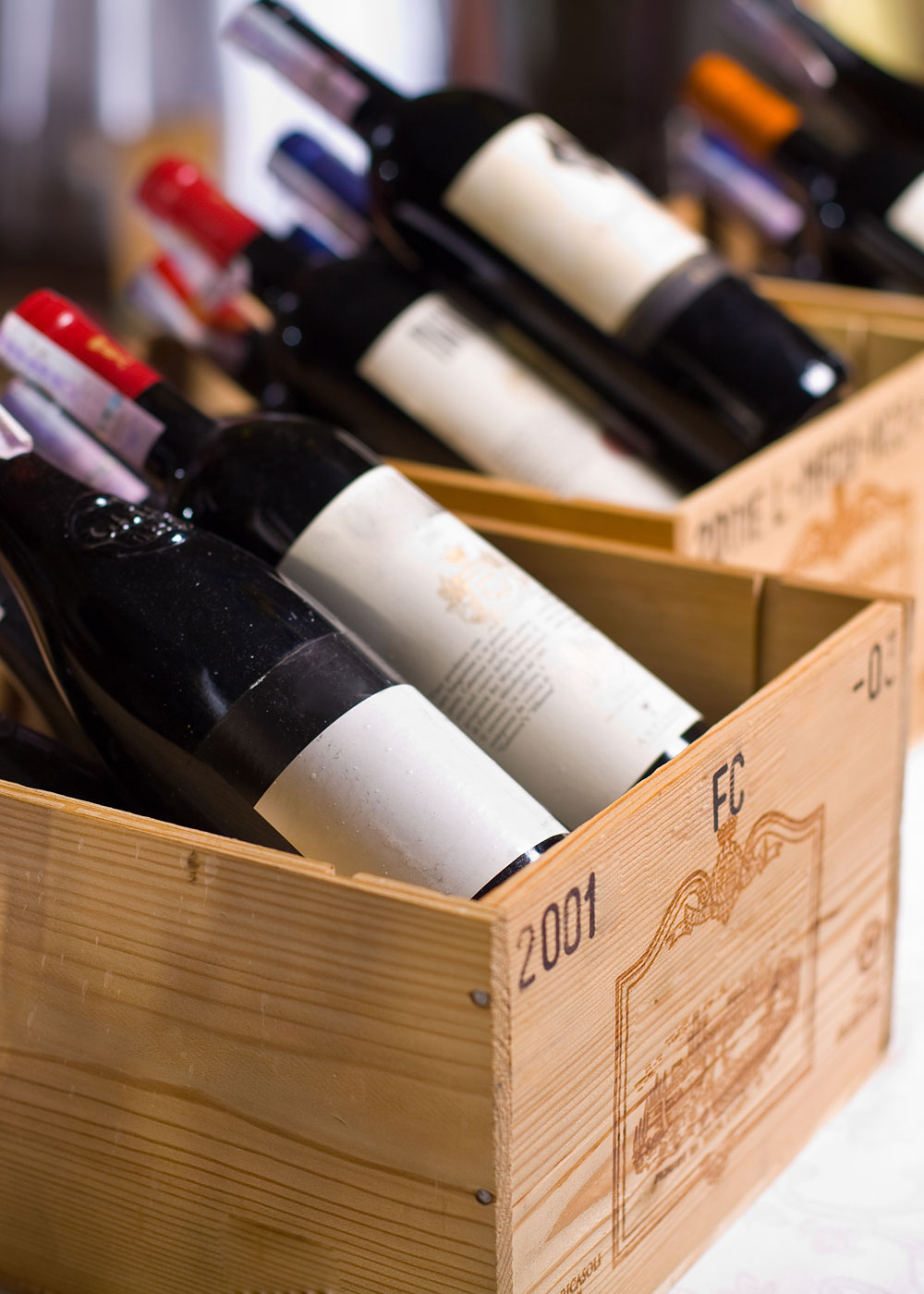Beverage choices in the United States come with preconceptions and stereotypes. For example, beer is seen as a good, solid drink of the common person, while martinis are viewed as sophisticated and urbane. Many of us make assumptions about wine drinkers that aren’t based in facts – this article will dispel five of these misconceptions and show that wine drinkers are more diverse than you might realize.
1. “Wine is for old people.”

Conventional wisdom would have you believe that young people drink cheap beer and spirits, only to take up wine appreciation later in life, when they’ve settled down and increased their income. According to Fortune Magazine, however, millennials have surpassed all other generations in terms of wine consumption. This means that you’re more likely to be a wine drinker if you were born in the 1980s or 1990s than in any other era. Of course, wine is highly valued by older people as well and is now enjoyed across the generational spectrum.
2. “Wine is only for women.”

While it is true that women purchase a slightly higher percentage of wine in the US than men, wine appreciation is by no means gender specific. In some of Europe’s wine producing countries, men actually drink more wine than women, often enjoying a glass after work and during meals, while a stereotypical American would perhaps prefer to “crack open a cold one.” Men in the US are increasingly realizing that they can continue to enjoy beer while at the same time cultivating a taste for wine. People of all genders find it gratifying to look at a wine list with confidence and understanding.
3. “Wine is too expensive for normal people.”

The most expensive wines tend to be famous and widely discussed, leading to a false impression that wine, in general, is pricey. In fact, most of the wine produced and enjoyed around the world is meant for ordinary people to drink without straining their budgets. With the expanding market for wine in the US, it’s becoming ever easier to find excellent wines at low prices. When compared with craft beer, wine can not only be cheaper per drink but actually cheaper per ounce. Collecting higher-end bottles for special occasions doesn’t have to be the only way to appreciate wine. Drinking less expensive bottles can provide those on a budget with a wonderful experience at a great price. For tips on finding good value wines, see our previous post on the topic.
4. “You have to know a lot about wine before you can enjoy it.”

I’ve occasionally encountered people who expressed some variation of the following sentiment: “I would like to get into wine, but I just don’t have the time to learn about it right now.” To me, it’s a little like saying that you can’t drive because you don’t have time to learn how cars work. Of course, understanding can enhance enjoyment, but you don’t have to know anything about wine to enjoy the way it smells and tastes. You certainly don’t have to memorize the names of the most famous estates in Bordeaux or the aging requirements in Rioja to appreciate a tasty glass of wine. Simply try wine whenever you get a chance – especially wines you’ve never had before – and make mental notes about what you like and what you don’t. Keep in mind that your tastes can change, and don’t worry about how much you know.
5. “Wine can only be enjoyed with fancy food.”

There are occasions in life that seem to call for a glass of wine, like weddings and expensive meals at highly rated restaurants. Why would you drink wine if you’re only eating something simple like hotdogs or mac and cheese? The good news is that wine goes with everything. No matter what you’re eating, you’ll be able to find a wine to go with your meal. So don’t avoid wine just because you aren’t a great cook or you don’t eat “gourmet” food regularly. Make wine a part of your everyday life, and you’ll find that it adds to the experience of even the humblest meal.



